Butterflies are good for your garden. Butterflies pollinate wild plants and crops, ensuring plants and animals, including humans survive. No native Australian butterfly is known to be harmful to our garden plants. Butterflies are good indicators of ecosystem health due to their fragile nature to environmental change.
Butterfly gardens must be able to feed the caterpillar and the butterfly. The caterpillar is a body building machine, turning green stuff into one long meal. The butterfly needs food from the flowers to fuel its flight muscles. Butterflies are cold-blooded needing warmth from the sun to function and can be seen from spring to autumn. They have excellent colour vision and do not require strongly scented plants.
Tips for designing a butterfly garden:
- Position plants in the sun.
- Consider plants that flower in sequence.
- Flat rocks, gravel pathway or pavers provide warmth for butterflies to bask.
- Use a flat container with damp sand in a sunny position to make a mud puddle for
the butterfly to take up water and minerals.
- Group plants together according to the colour of the flowers to create nectar traps.
- Plant flowers with flat tops or clustered flowers, or short flower tubes.
Did you know?
- Butterflies have four stages of development –
- egg
- caterpillar (or larva)
- chrysalis and
- butterfly.
- Butterflies lay their eggs on host plants so the larvae will have food when it matures.
- Butterflies do not like insecticides.
- Butterflies are preyed upon by cats.
- Some ants assist in the life cycle of certain species of caterpillars.
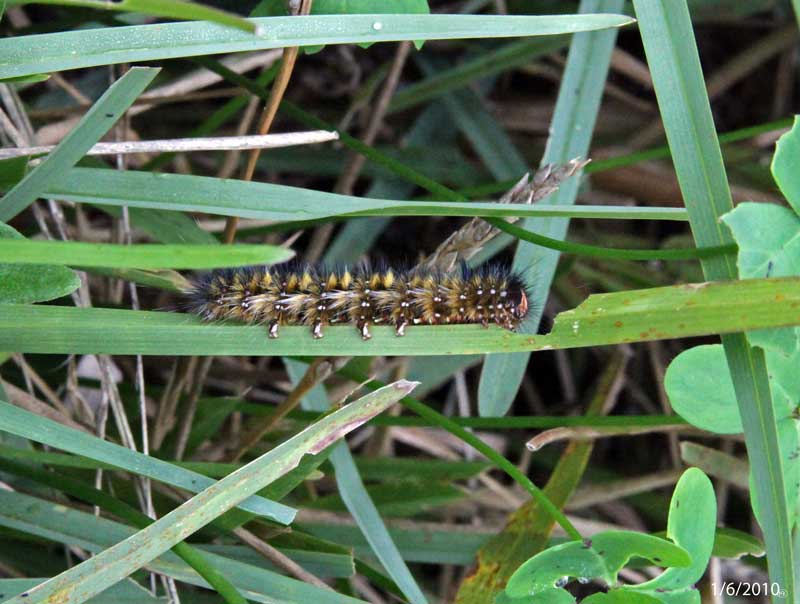

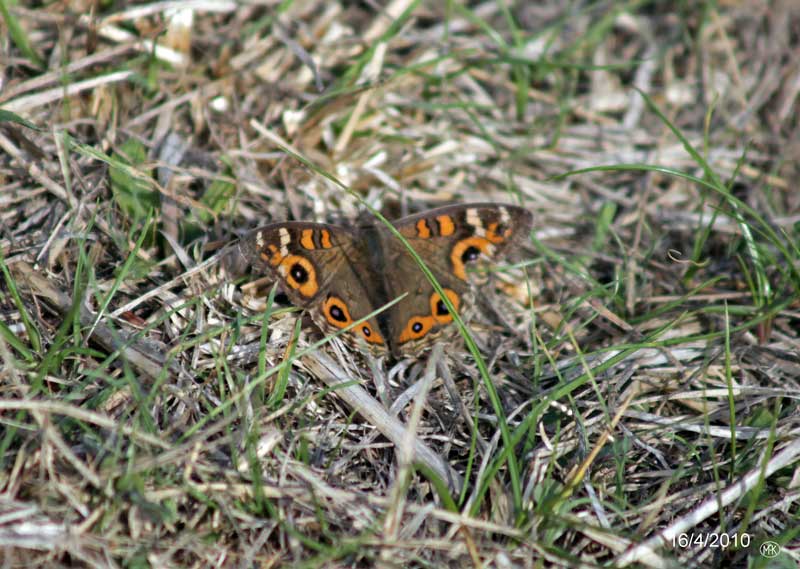
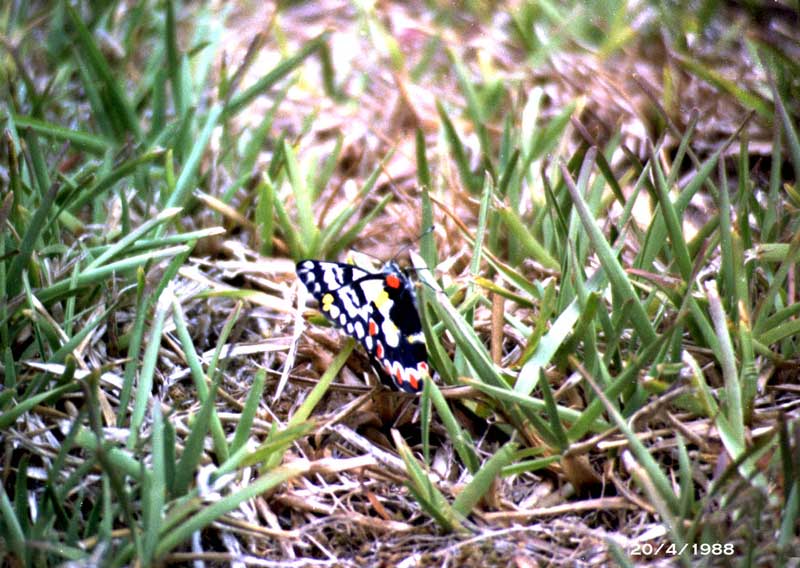
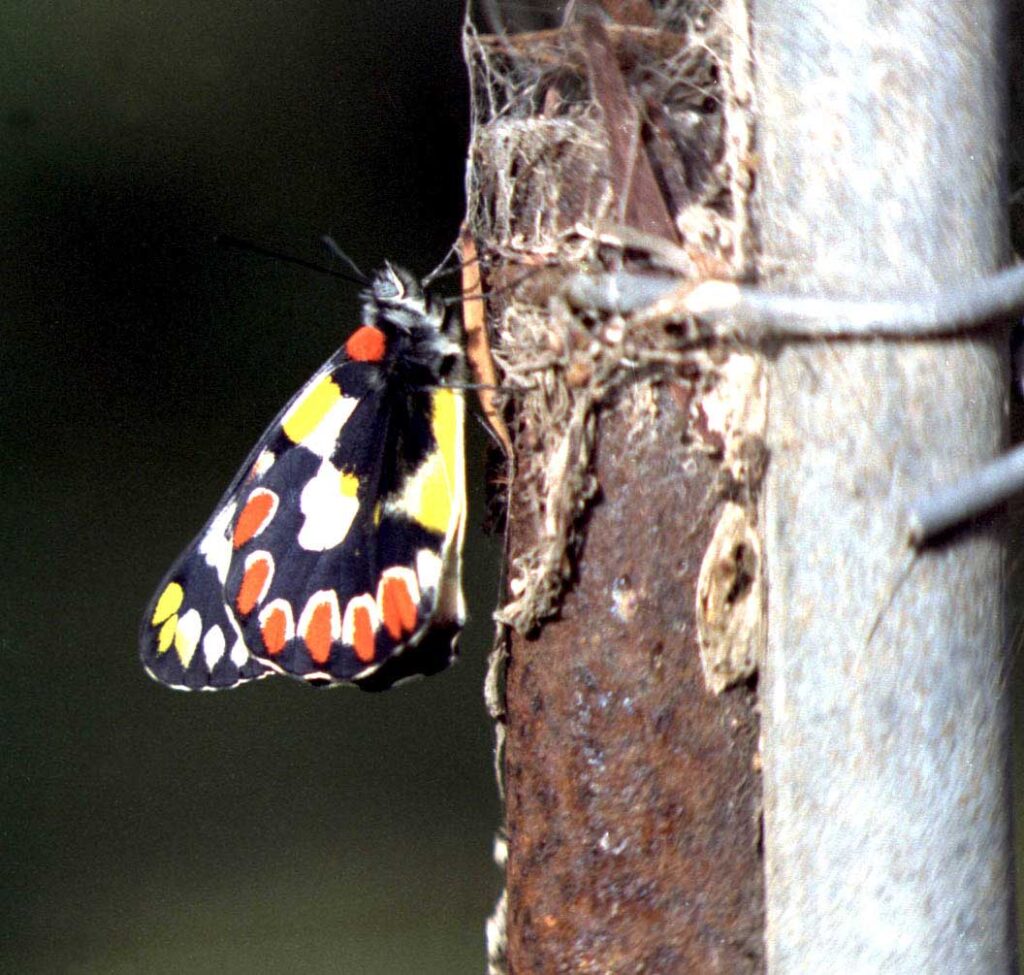
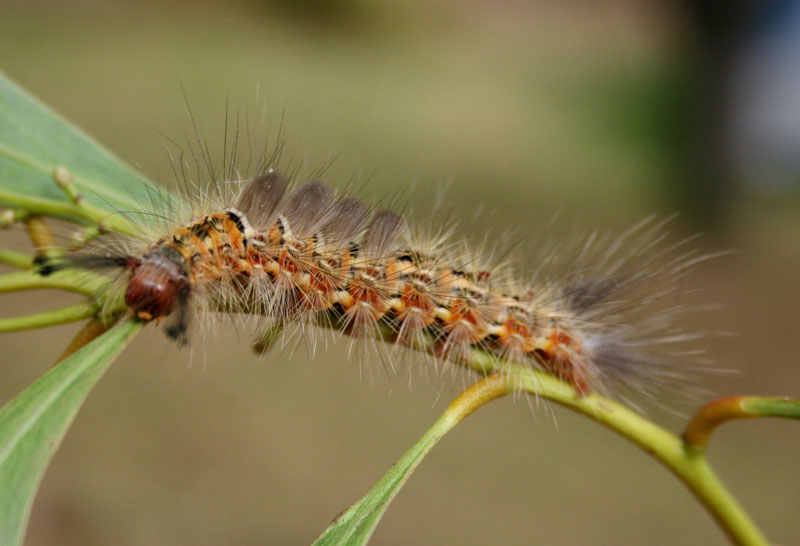
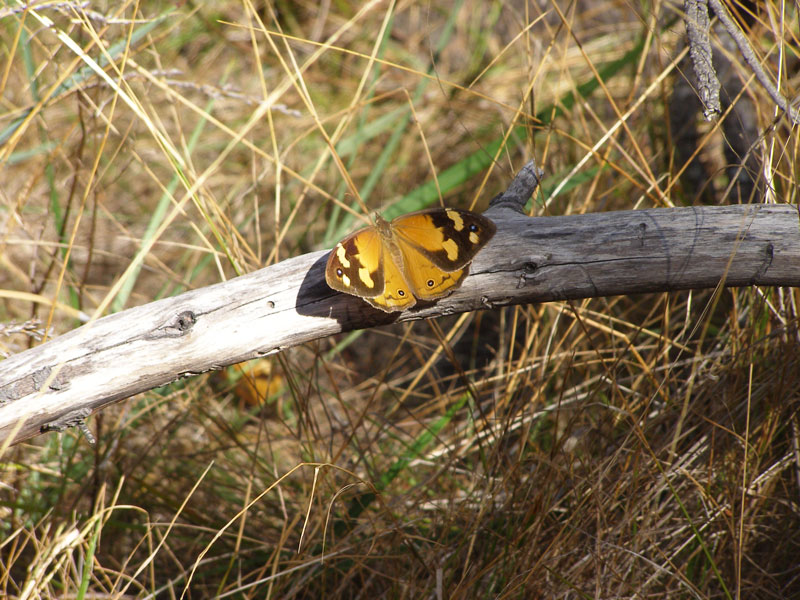
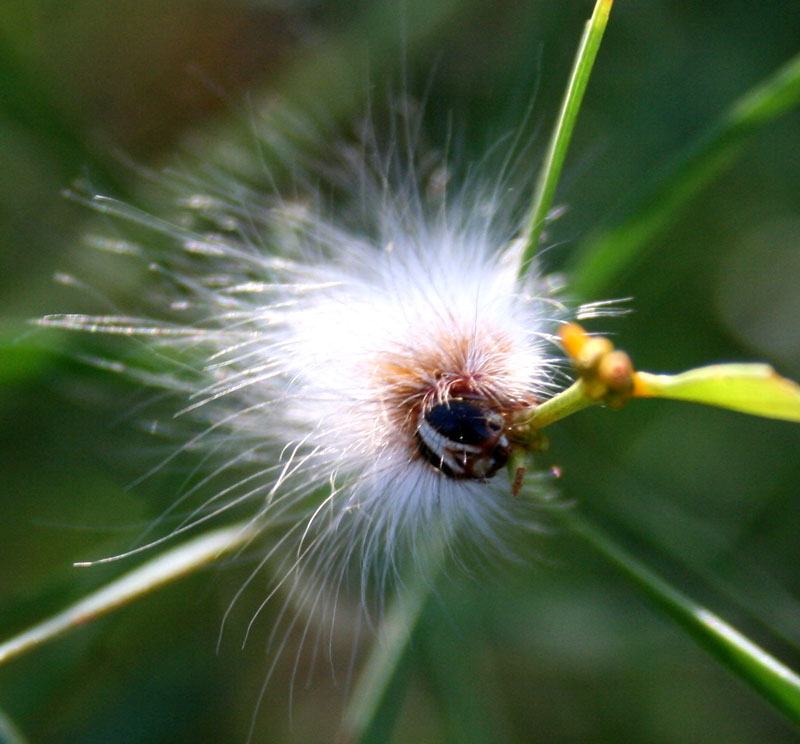
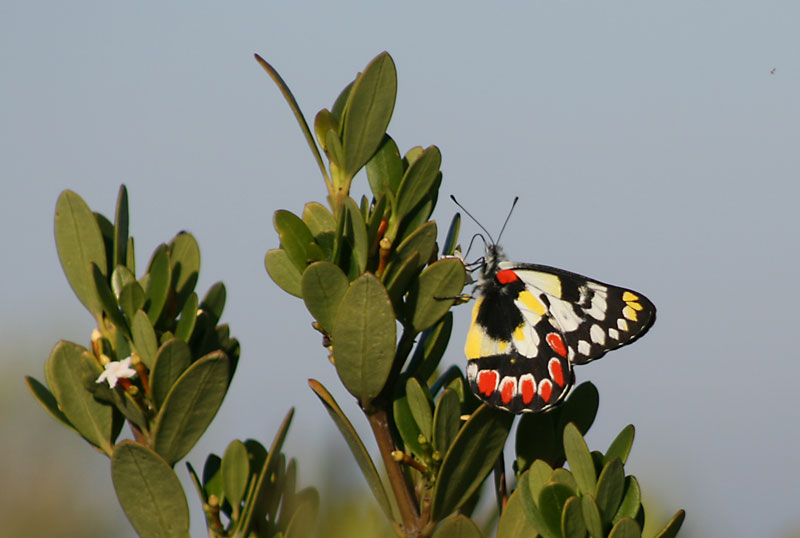
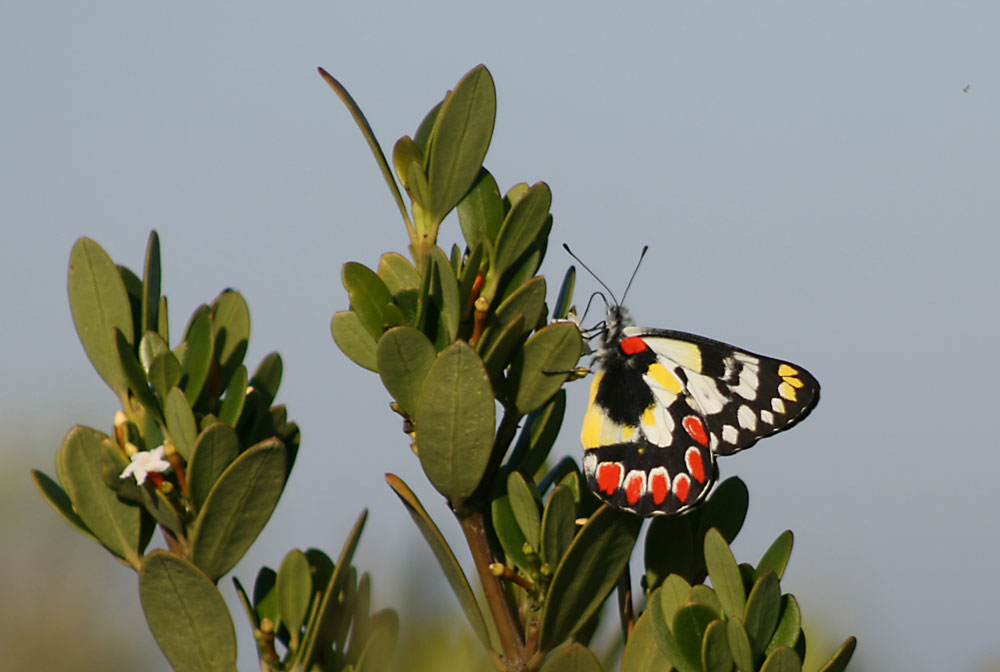
Get a full list of local indigenous plants that attract butterflies in the Butterfly Garden Brochure.




